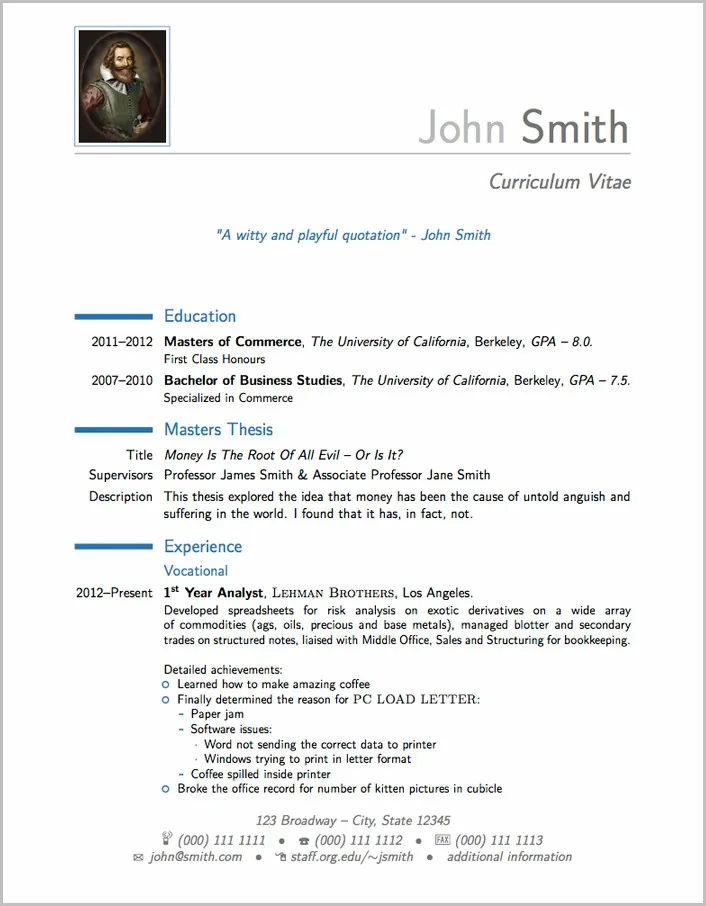Cover Letter Basics
In the competitive landscape of today’s job market, a well-crafted cover letter is often your first opportunity to make a positive impression on potential employers. It serves as a crucial introduction, providing context to your resume and allowing you to showcase your unique skills, experiences, and enthusiasm for a specific role. Unlike a resume, which is a factual summary of your career history, a cover letter allows you to articulate your personality, explain your motivations, and demonstrate why you are the perfect fit for the position and the company. Understanding the fundamentals of a cover letter is the first step toward crafting a compelling document that grabs the hiring manager’s attention. This includes knowing its purpose, structure, and the essential elements that make it stand out.
Why You Need a Cover Letter
While a resume provides a snapshot of your professional journey, a cover letter offers the chance to tell your story. It’s your platform to connect the dots, elaborate on experiences, and demonstrate how your skills align with the job’s requirements. A cover letter is an effective tool that shows a hiring manager the real you, your personality and enthusiasm. It gives you an edge by allowing you to express your motivation for the role and your genuine interest in the company. Moreover, a cover letter can help you address specific concerns, such as career gaps or transitions. When applying for jobs, always check if the employer requires a cover letter, if they do, make sure to craft a tailored letter that is specifically made for that role.
Cover Letter Essentials
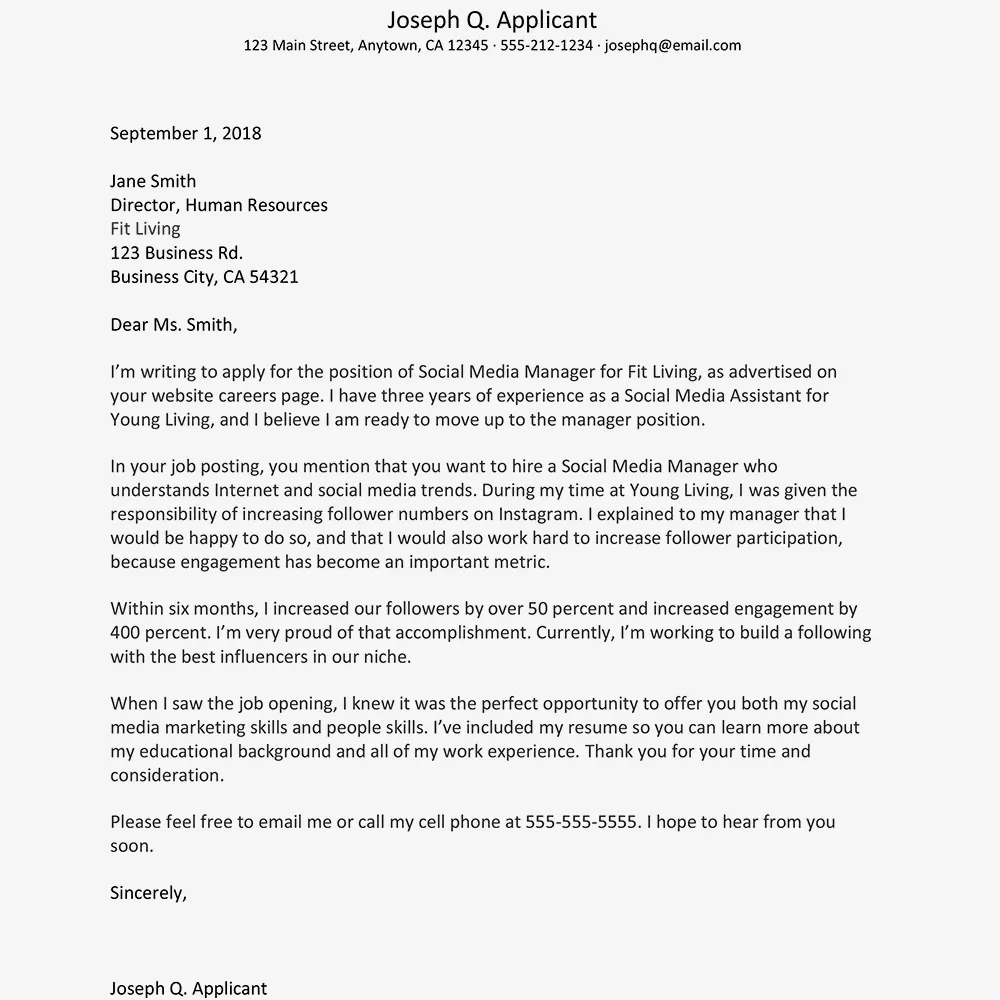
A compelling cover letter should highlight your relevant skills and experiences, showcasing how they align with the job requirements. Research the company and tailor your letter to demonstrate your understanding of their mission, values, and the specific needs of the role. Always include a clear and concise structure. Start with a strong opening, followed by body paragraphs that elaborate on your qualifications, and end with a confident closing. Proofread your letter meticulously to eliminate any grammatical errors or typos. Proofreading is extremely important because it helps you make a good first impression on the potential employer, making you appear detail-oriented and professional. The letter should be written with a professional tone, while maintaining a personal touch, demonstrating your enthusiasm and personality.
Highlighting Your Skills
Effective cover letters go beyond merely listing your skills; they demonstrate how you’ve applied those skills and the results you’ve achieved. When crafting your cover letter, identify the key skills required for the target position. For each skill, provide concrete examples from your past experiences where you successfully utilized it. Quantify your achievements whenever possible to provide tangible evidence of your abilities. For example, instead of saying “Managed social media accounts,” state “Increased social media engagement by 30% within six months by implementing a new content strategy.” This approach not only showcases your proficiency but also gives the hiring manager a clear understanding of the value you can bring to their team. By focusing on concrete examples, you make your skills more memorable and compelling.
Tailoring Your Cover Letter
Generic cover letters are easily recognizable and often disregarded. To make your cover letter stand out, customize it for each job application. Research the company and the specific role to understand their needs and expectations. Use the job description as a guide to identify the key skills and experiences the employer is seeking. Address the hiring manager by name if possible, and demonstrate your understanding of the company’s mission, values, and recent initiatives. Highlight specific achievements and experiences that directly align with the job requirements. Explain how your unique skills and experiences can contribute to the company’s success. Tailoring your cover letter shows the employer that you’ve taken the time and effort to understand their needs, making you a more desirable candidate.
Cover Letter Structure
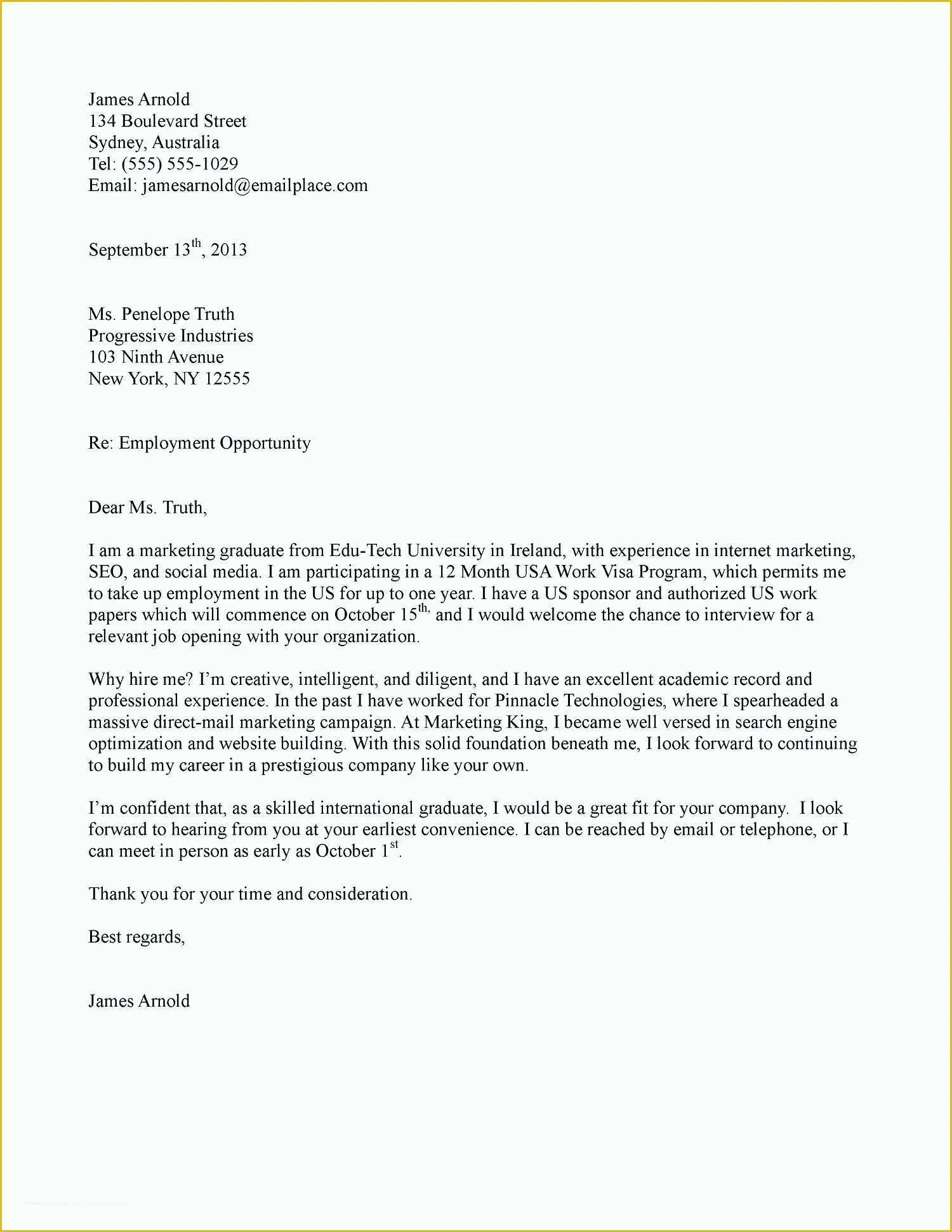
A well-structured cover letter is easy to read and keeps the reader engaged. It typically consists of the following elements A clear heading with your contact information and the date. A personalized greeting that addresses the hiring manager by name, if possible. An opening paragraph that grabs the reader’s attention and states your purpose. Body paragraphs that elaborate on your qualifications, experiences, and how they align with the job requirements. A closing paragraph that summarizes your interest in the role and company, and includes a call to action. Using this structure will make your cover letter easily readable and make you more likely to impress the potential employer. This structure allows you to present your information in a logical and compelling manner.
Header and Contact Information
Start your cover letter with a professional header that includes your full name, address, phone number, and email address. Ensure your contact information is up-to-date and easily accessible. Follow this with the date and the hiring manager’s name and title, if known. If you cannot find the name of the hiring manager, address your letter to the hiring department. This information ensures that the employer can easily reach you. This also demonstrates your attention to detail and professionalism. Using the correct information, you create a positive first impression.
Opening Paragraph
The opening paragraph should immediately capture the reader’s attention and state your purpose for writing. Express your interest in the specific role and the company. If you were referred by someone, mention their name. State how you learned about the position and why you’re excited about the opportunity. Your opening paragraph sets the tone for the rest of your cover letter, so make it concise, engaging, and relevant to the job. This is your chance to make a strong first impression and encourage the hiring manager to continue reading. A strong opening will make your letter more memorable and increase your chances of getting the reader’s attention.
Body Paragraphs

The body paragraphs are where you elaborate on your qualifications, skills, and experiences. Use these paragraphs to connect your resume with the job requirements. Provide specific examples of how you’ve successfully applied your skills in previous roles. Quantify your achievements whenever possible to provide tangible evidence of your value. Explain how your skills and experiences align with the specific needs of the company and the role. The body paragraphs should demonstrate your understanding of the job and your enthusiasm for the opportunity. Aim for a few concise and well-structured paragraphs. Ensure that each paragraph focuses on a specific aspect of your qualifications and their relevance to the job.
Closing Paragraph
Your closing paragraph should summarize your interest in the role and the company. Reiterate your key qualifications and express your enthusiasm for the opportunity. Include a call to action, such as requesting an interview. Thank the hiring manager for their time and consideration. Keep it concise and professional. Proofread the entire letter one last time to ensure there are no errors. The closing paragraph is your final chance to leave a positive impression and encourage the hiring manager to take the next step. End your letter with a confident and enthusiastic tone, which will make you stand out to potential employers.
Free Cover Letter Samples
Here are five free cover letter samples to help you create a compelling cover letter that gets you noticed. Each sample addresses a different scenario and provides a template you can adapt to your needs. These samples cover various professional situations, from entry-level positions to career changes. Use these samples as a starting point to highlight your unique qualifications and make a strong impression on potential employers. Tailor these free cover letter samples to match your personal experiences and job requirements for best results. Remember to customize each sample to fit your specific background and the job you are applying for. Review and edit each sample to highlight your skills and experiences.
Sample 1: Entry-Level Position
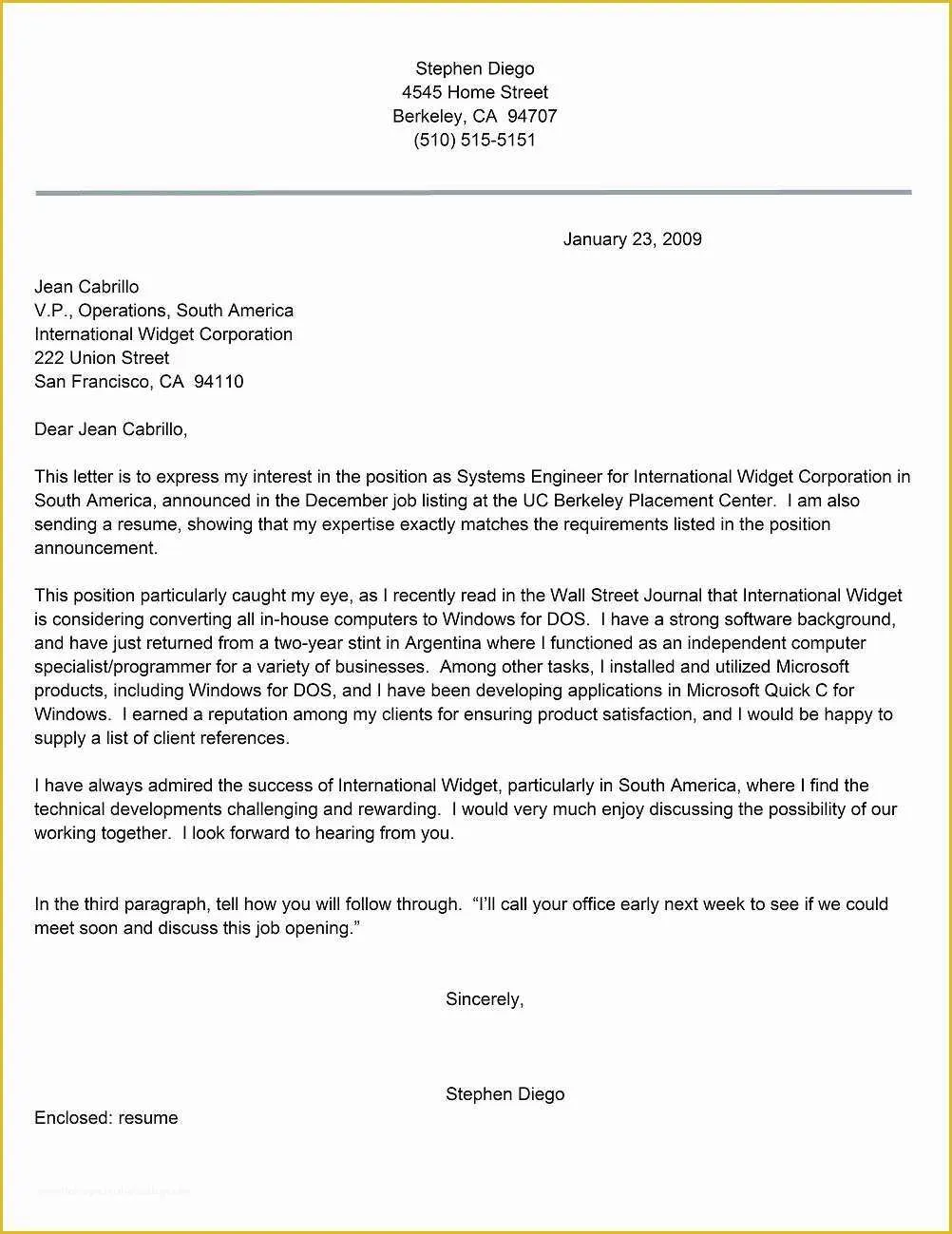
This sample is designed for recent graduates or individuals with limited work experience. Focus on your educational background, relevant coursework, internships, and any volunteer work. Highlight your skills and enthusiasm for the role, and explain why you’re a good fit for the company. For example, mention specific projects you’ve worked on, your knowledge of relevant software, and your strong work ethic. Emphasize your willingness to learn and contribute. This sample will help you to showcase your potential. This cover letter sample is designed to showcase a strong, professional attitude.
Sample 2: Career Change
If you’re transitioning to a new career, this sample is for you. Focus on transferable skills from your previous roles and explain how your past experiences align with the new job. Emphasize your adaptability and willingness to learn new skills. Address any potential gaps in your experience and how you plan to overcome them. Highlight how your background can bring a unique perspective and valuable skills to the role. This sample can help you showcase how your transferable skills align with your new desired career. This helps potential employers to understand your career change.
Sample 3: Specific Skills
This sample is ideal when the job description highlights specific skills. Focus on the skills listed in the job description and provide concrete examples of how you have used these skills in past roles. Quantify your achievements to demonstrate your value. For example, state how you successfully managed a project and the results you achieved. Tailor your letter to highlight the skills that are most relevant to the job. This will help the hiring manager understand that you possess the skills they need for the role. Show them you have the skills they are looking for and the impact you had.
Sample 4: Addressing a Gap
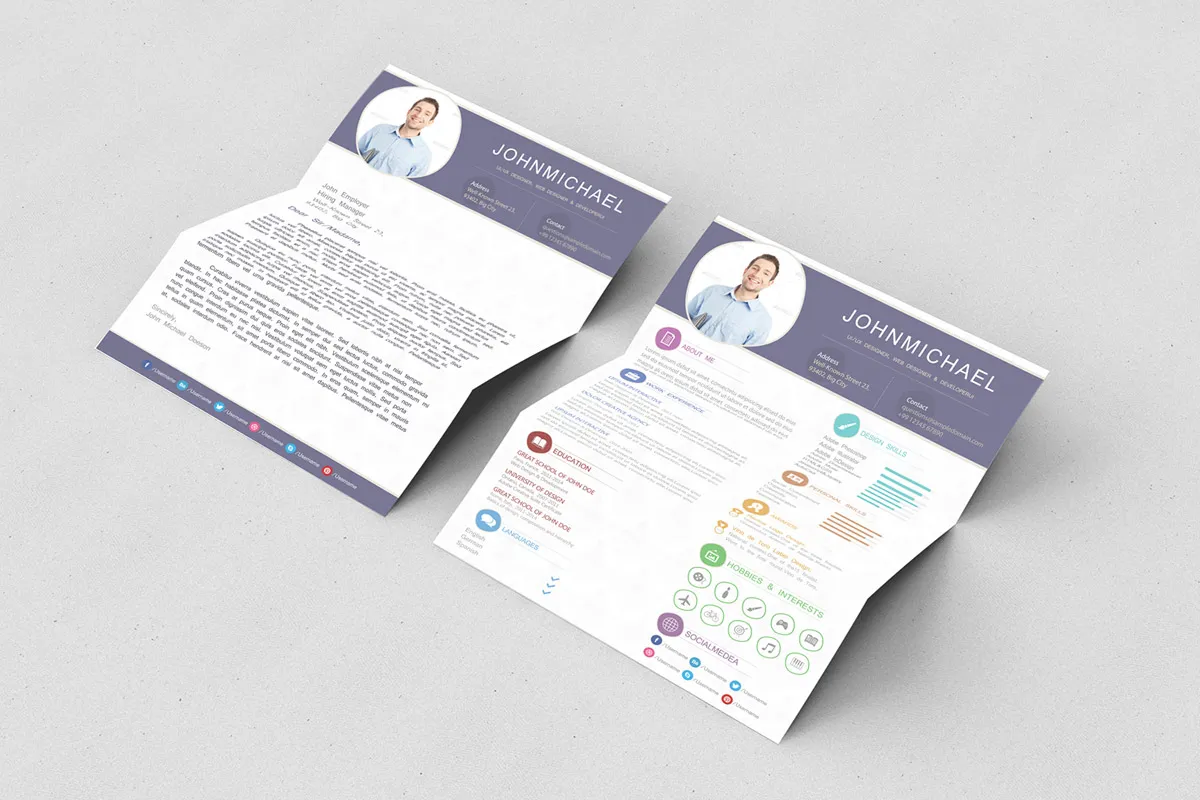
This sample is for those who have employment gaps. Briefly explain the reason for the gap, such as personal matters, travel, or further education. Focus on how you used that time to develop new skills, gain experience, or improve your qualifications. Highlight any relevant activities you undertook during the gap and how you have stayed current with industry trends. Reiterate your enthusiasm for the role and your readiness to re-enter the workforce. This will help you to show that you are capable and ready to work. This helps employers understand your experience.
Sample 5: Networking
If you were referred to the job by someone or learned about the position through networking, mention the referral in your cover letter. State the name of the person who referred you, if appropriate. Highlight any conversations you had with the referral and how it increased your interest in the company. Explain your familiarity with the company’s mission and values. This sample shows your initiative and connection, and increases the likelihood that your application will be considered. This shows you are proactive and interested in the role.
Formatting Your Cover Letter
The formatting of your cover letter is critical to its readability and overall impact. Choose a professional font, such as Times New Roman, Arial, or Calibri, in a size between 11 and 12 points. Use clear and concise language and avoid jargon. Ensure that your cover letter is well-organized with adequate white space, which will make it easier to read. Use short paragraphs and bullet points to highlight key information. Maintain a consistent style throughout the letter. These simple formatting tips can help your cover letter look professional and easy to read.
Font and Style
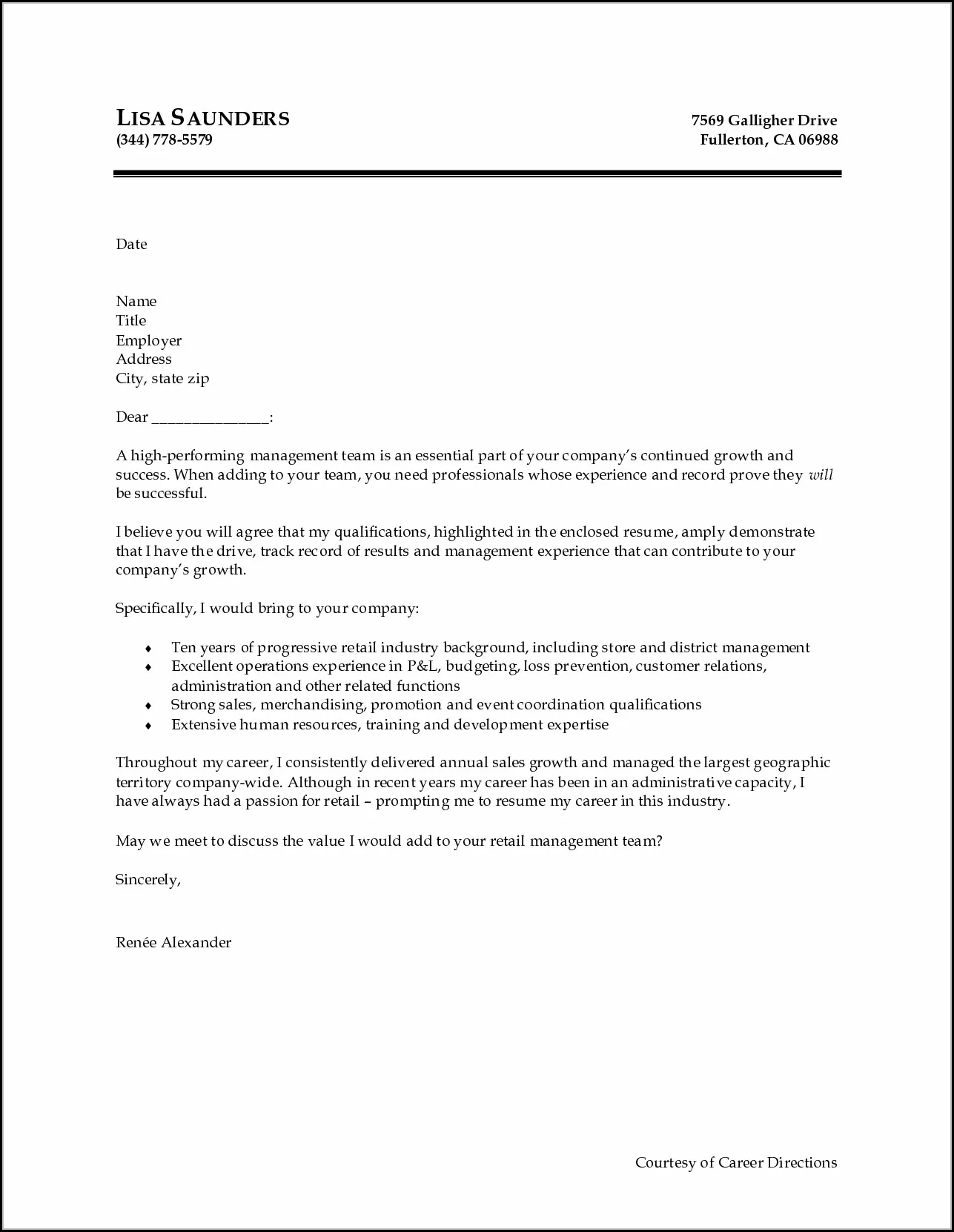
Select a professional font, such as Times New Roman, Arial, or Calibri. Choose a font size between 11 and 12 points for easy readability. Use a standard font style that is clear and clean, avoiding overly decorative fonts. Maintain a consistent font and style throughout the letter. Make sure to use consistent spacing. Ensure your font choices project a professional image. These guidelines will make your cover letter look professional. The right font choice sets the tone and makes your letter more appealing to read.
Proofreading and Editing
Proofreading is an essential step in ensuring that your cover letter is polished and professional. Review your cover letter multiple times for any grammatical errors, typos, or inconsistencies. Read the letter aloud to catch any awkward phrasing or errors. Have a friend or family member proofread your cover letter. Check your cover letter for spelling and grammar. Thorough proofreading will help make sure the cover letter is free of errors. This will make a good impression and show your attention to detail. Proofreading also helps ensure your writing is clear, concise, and easy to understand.
Key Takeaways
A cover letter is a crucial tool for job seekers, providing an opportunity to showcase your skills, experience, and enthusiasm to potential employers. Tailor your cover letter to each job application, highlighting relevant skills and experiences. Structure your cover letter with a clear header, opening, body, and closing. Use free cover letter samples as a guide, and adapt them to your specific needs. Format your cover letter professionally, and ensure it is free of errors. Proofread carefully, and remember to include a call to action. By following these tips, you can create a compelling cover letter that significantly increases your chances of landing an interview. Take the time to create a compelling cover letter and put your best foot forward in the job search process.
